Death or Glory
Masada stands at the eastern edge of the Judean Desert on an isolated plateau overlooking the Dead Sea. Today, this nearly impenetrable fortress is an imposing symbol of Israeli resolve.
According to Josephus, a first century Jewish Roman historian, Herod the Great fortified Masada between 37 and 31 BCE as a refuge for himself in the event of a revolt.
About 100 years later at the beginning of the First Jewish-Roman War against the Roman Empire, a group of Jewish extremists called the Sicarii stormed the the Roman garrison at Masada and took control of the fortress.
The Romans decided not to take this act of war lying down. The Roman governor brought a legion to Masada and laid siege to it. After about three months of fighting, the Romans finally breached a wall with a battering ram.
When they entered the fortress, however, the Romans discovered that the 960 inhabitants had set all the buildings on fire and committed mass suicide rather than face certain capture, defeat, slavery or execution by their enemies.
Only two women and five children survived.
Josephus recorded the accounts of the two women survivors. He reported that in order to avoid the Jewish prohibition on suicide the Sicarii had drawn lots and killed each other in turn, down to the last man.
The man who drew the short lot was the only one to actually take his own life.
According to Josephus, the Sicarii leader ordered his men to destroy everything except the food store rooms to show that the Jewish defenders could have lived, but instead decided to choose the time of their death instead of defeat and slavery.
In the 1950s, Moshe Dayan, then Chief of Staff of the Israel Defence Forces began holding the swearing-in ceremony of new Israeli soldiers on top of Masada. The soldiers climb the steep Snake Path at night and are sworn in with torches lighting the background.
The ceremony ends with the declaration: “Masada shall not fall again.”
Our trip up the Snake Path was less dramatic – and quite exhausting. I’m not exactly sure how to interpret the meaning of the Masada story. But one thing I’m sure of: The Romans had to be very determined to capture the fortress atop this scenic plateau.
More pictures from Masada and the Dead Sea are here.

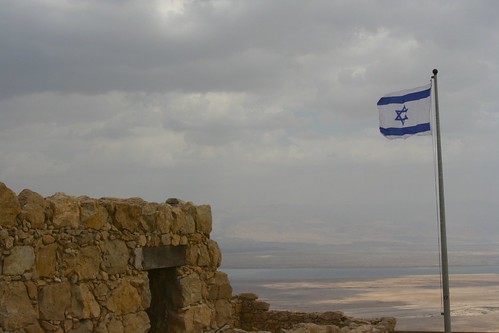
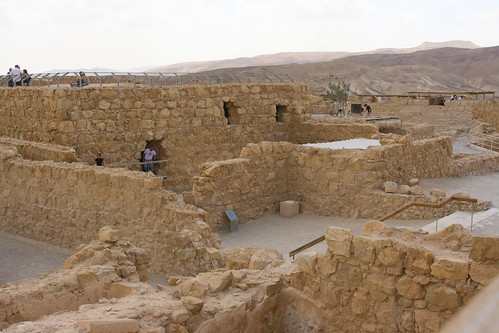
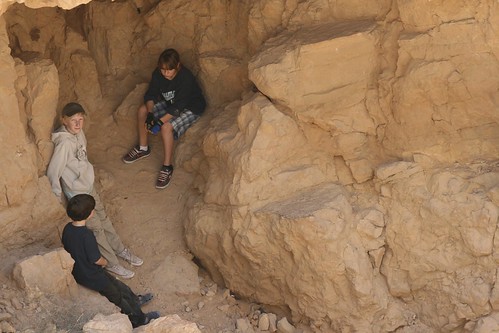
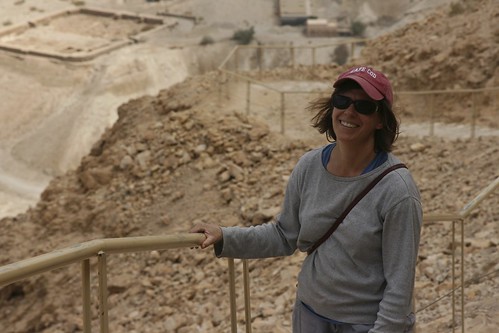
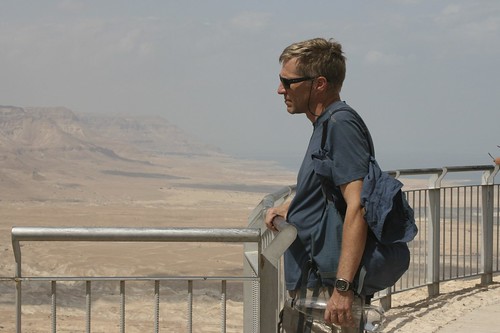


1 comment
After your post I went round my office asking everyone what they knew about Masada and was not surprised to find that all anyone could tell me was it was the location of a big battle. I am going to make the Wide Wide World’s Blog required reading for my staff.
I didn’t know about the swearing-in ceremony of new Israeli soldiers on top of Masada…that must be something to see.